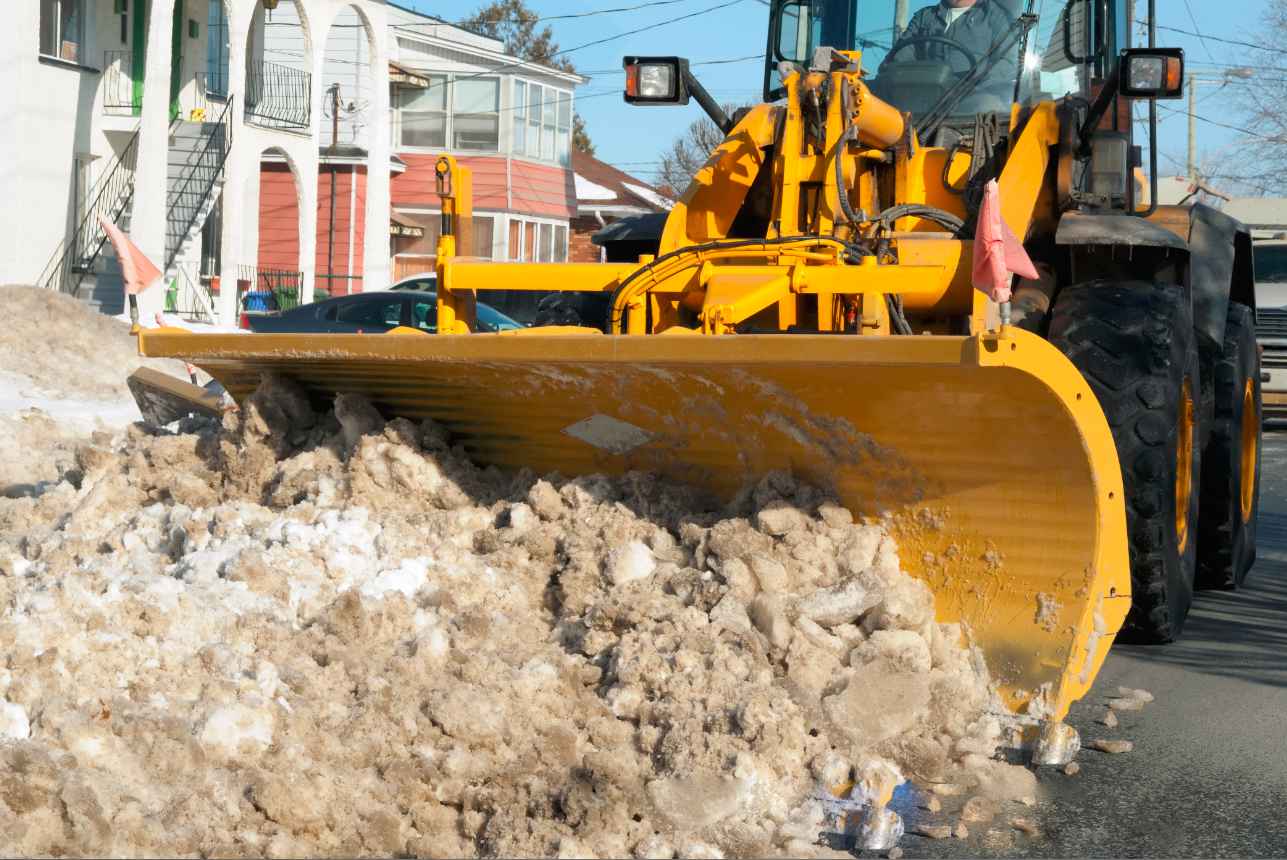
Snow plowing is not exactly a task many people look forward to. But for commercial snow removal, it is a necessary undertaking for access, as well as to prevent water and snow ingress into buildings. When considering the most efficient use of snow plow for your facility’s snow removal needs, you’ll need to consider the project size, vehicle attachment mode, budget, ease of use, and the material. Though there are other factors to consider, the following should narrow down the list of available plows to a suitable few.
Project Size
The task size depends on the size of the plow to purchase, as well as the budget to allocate. For facility use, a larger and multi-position capability plow comes in handy due to the frequency of tasks and large grounds to cover. Regular snow plows measure between 6 and 10 feet (1.83 - 3.05 m) wide. The latter comes in handy for large snow plowing projects with minimal obstacles, such as open car packs and wide rural driveways.
Vehicle Attachment
The vehicle you attach the plow to determines the plow type to purchase. Vehicles, especially trucks, have standardized Front Gross Axle Weight Rating. For commercial applications, consider using nothing less than a three-quarter ton truck, as they have superior FGAWR to handle the large snow plows. Regular plows weigh between 100 - 1000 pounds (45 - 450 kg). It is crucial that the plow does not exceed this rating. The high pickup power also allows easy attachment of other equipment such as ice control, salt spreaders and others necessary for commercial projects..
Budget
The plows required for commercial snow removal cost $5,000 (approximately $6,685 CAD) and up, depending on size and attachments. Ensure that you consider the initial purchase cost, accessories, and any required upgrade before buying. The attachments may come in handy for some projects, especially for heavy snow areas, low visibility, and nightly plows. Other features to look into include high-output, secure mounting system, simplified control system and reliability.
Ease of Use
Scientific trends indicate that the heavy winters we have seen over the last few years are not going away anytime soon. This leads to heavy deposits of snow, sleet, ice, and grime. The suitability for the task depends on the attachment system and adjustments. For frequent tasks, consider easy to use adjustment systems such as brackets and hitch receivers, and the ability to switch between multiple trucks. This makes it easy to attend to differently sized projects.
The primary factor in creating the ease of use is the controlling system. It provides the main interface between the operator and the plow. Most manufacturers offer the simple and easy-to-use joystick model. The modern plow features a touch pad that allows for faster responses, and the ability for more plow positions, thus making it easy to attend to challenging landscapes and spaces.
Material
Snow presents a number of challenges to most materials. This includes corrosion, snow sticking, and wear. It is necessary to invest in material that is resistant to these. Here are some pros and cons for the primary materials used in snow plows:
|
Material |
Pros |
Cons |
|
Poly |
|
|
|
Mild Steel |
|
|
|
Stainless Steel |
|
|
Undoubtedly a snow plow will be one of the main tools of your commercial snow removal plan. It is therefore key to maximize the efficacy of this expensive piece of equipment. Understand the key factors that contribute to a long lasting, efficient snow plow, such as those listed above, so that you can save on costs and best attend to your facility’s snow removal.

